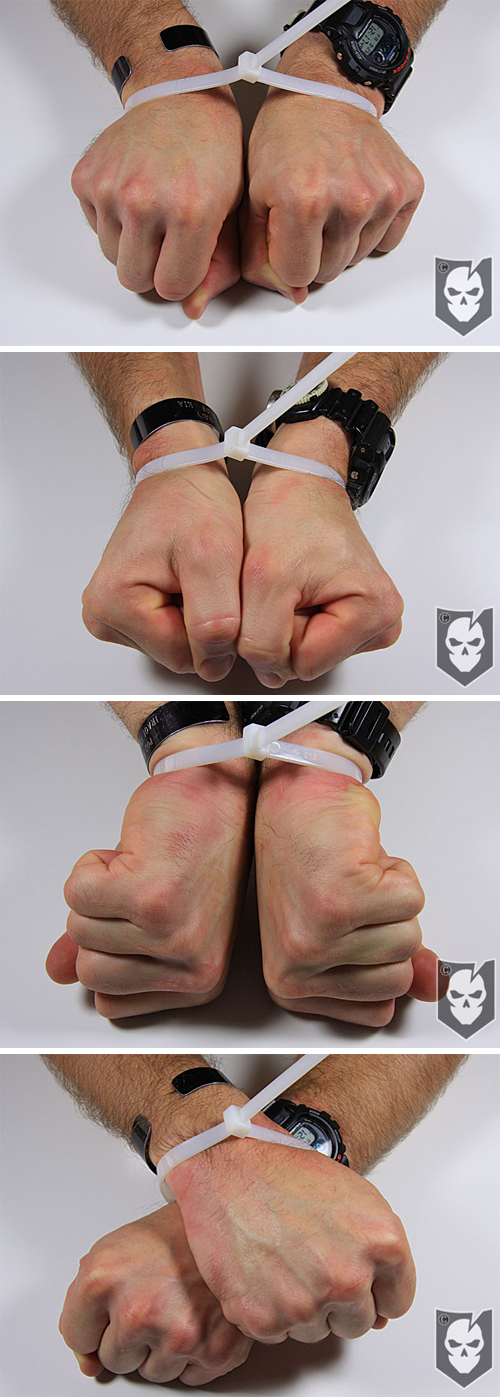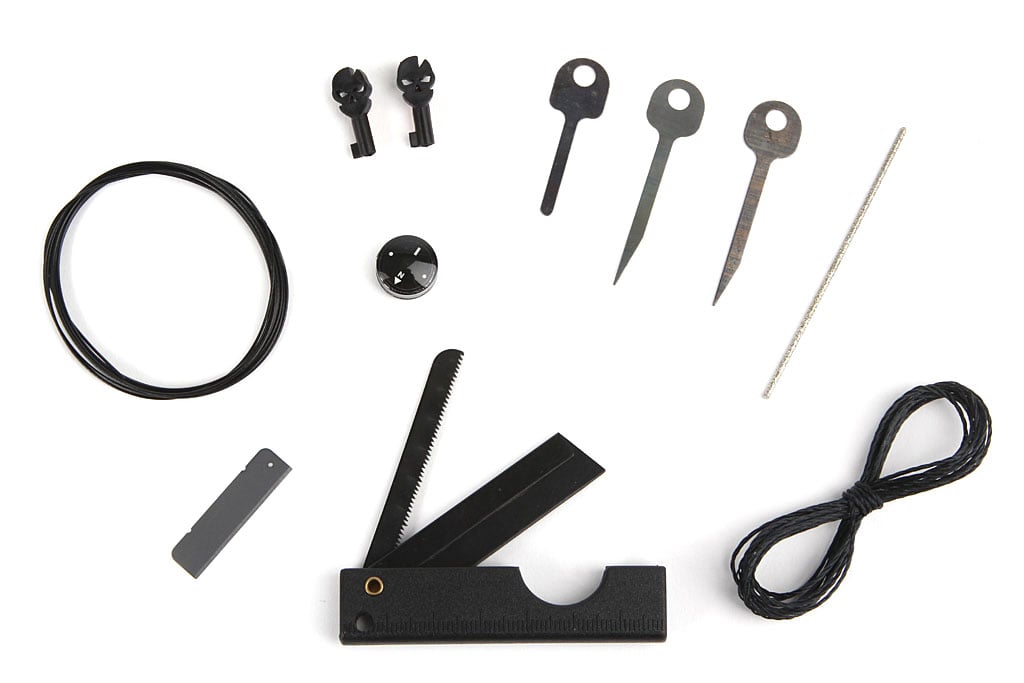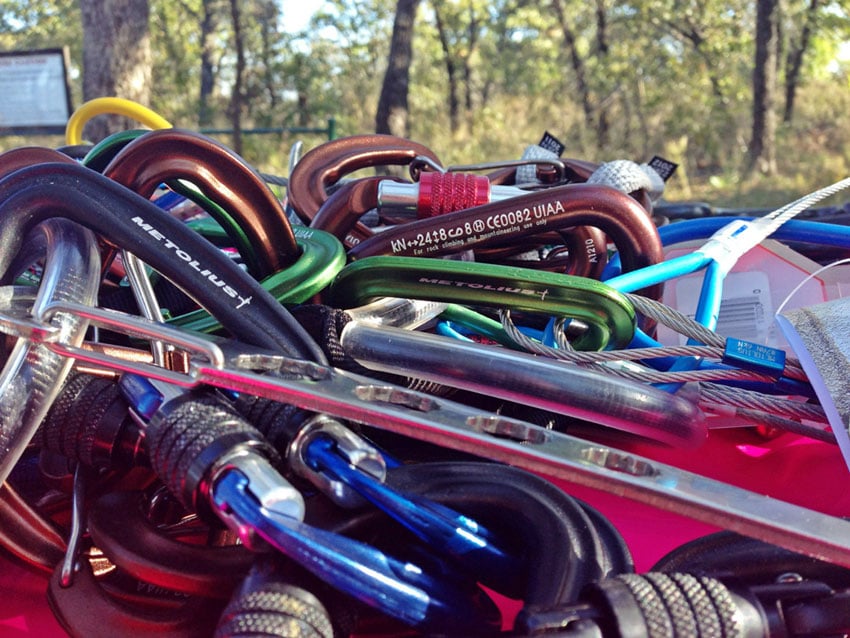
Today we offer a post to try to clear up some of the confusion surrounding carabiners, and what that kN thing means.
Carabiners come in many shapes and sizes and are purpose built for many different climbing applications.
We’ve highlighted the main variations of climbing carabiners as well as what we feel the positives and negatives are.
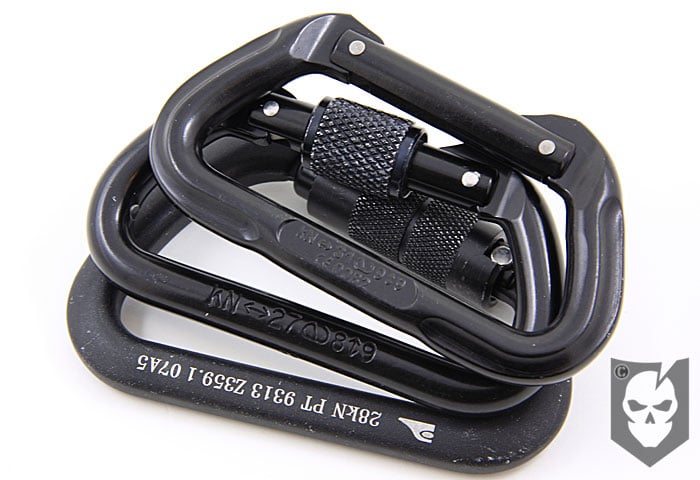
The carabiners referenced below are specifically for climbing, and if a type of carabiner is not listed here, then it’s probably not recommend it for climbing.
We’re specifically referring to oval carabiners, which are more for clipping gear to a harness, but not recommended for climbing due to where the rope sits.
Unlike the “D” or symmetrical shape carabiners, which shift the rope towards the spine and away from the gate, oval carabiners keep the rope dangerously close to the gate.
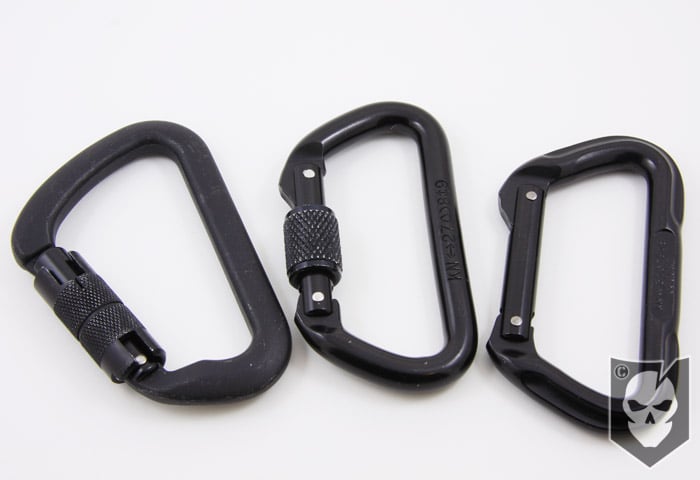
Snap Gate Carabiners
Snap gate carabiners are designed for leading a climbing route and offer fast clipping and simplicity when placing protection. They are also typically used for clipping gear to a harness.
The two main categories of snap gates are solid gate and wire gate, which come in two available configurations, straight and bent.
Solid Gate
Solid gate carabiners tend to weigh more and are quickly being replaced by wire gates. Weight isn’t the only reason though, there’s an inherent design flaw to solid gate carabiners called gate flutter. This happens primarily when the rope runs through the carabiner at speed for an extended duration, causing solid gate carabiners to open and close rapidly due to the mass of the gate.
Here’s a test to prove it. Take a solid, snap gate carabiner and knock the spine against the palm of your hand. Hear that click? That was the solid gate opening and closing rapidly. If that happened under load on a climb, it’s possible for the vibration to open it enough for something bad to happen.
Wire Gate
First and foremost, a wire gate prevents the aforementioned problem with the solid gate carabiners opening and closing during full-loading.
Less mass in the gate and not being as prone to vibration are the factors in prevention. This also reduces weight which makes sense when your carrying multiple carabiners.
Another tremendous benefit to wire gate carabiners are that there are no moving parts to break, get stuck, or freeze. Solid gates have an internal spring within the gate, which makes them prone to failure.
Wire gates retain their spring through the way the wire is placed in the carabiner when it’s built.
Straight Gate
Straight gates are the standard in carabiners, and for a good reason. It’s a trusted design and not prone to the dangers of bent gates, which we’ll explain below.
Most wire gates are also straight gates, but there are bent wire-gates manufactured (see photo below). Typically though, the bent gates you’ll see will be solid gates.
Bent Gate
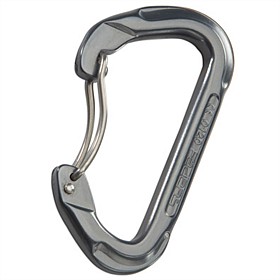 The bent gate design allows you to clip-in easier, making it better for hard to reach places. The dangers of using a bent gate carabiner, are that it could become undone if another carabiner or object is pressed against it.
The bent gate design allows you to clip-in easier, making it better for hard to reach places. The dangers of using a bent gate carabiner, are that it could become undone if another carabiner or object is pressed against it.
If you do use a bent gate, don’t clip them into the protection side of your system, use them on the rope side. This is just in case they become twisted or inverted by the rope.
Screw Gate Carabiners
Also referred to as locking carabiners, screw gate carabiners feature a sleeve that can be tightened to prevent accidental opening of the gate.
The two main categories of screw gates are symmetrical and asymmetrical, which come in two different configurations, manual or automatic locking gate.
Symmetrical
The design of a symmetrical or “D” shaped carabiner automatically aligns rope and attached runners to the spine of the carabiner. This is where the greatest strength lies in a carabiner, and is why it’s the most common design.
It’s also why we mentioned not to use oval carabiners, as they align rope and runners to the mid-point because there’s no spine.
Asymmetrical
You may have read in our rappelling articles that we refer to asymmetrical carabiners as “Lead” carabiners. This is because they have a larger “pear shaped” gate opening, and a better angle to use when clipping in during top roping and lead climbing.
The downfall is that they have less space inside then symmetrical carabiners do. Yes, looks can be deceiving. It looks as though they have more room, but when the larger gate is opened it takes up more space within the carabiner.
Manual Locking Gate
The most common screw gate carabiner features a rotating sleeve that is “screwed down so you don’t screw up!” How many of you remembered that tip from the rappelling articles?
That simply means that when using a screw gate carabiner, be sure to orient it so that the direction the sleeve travels is down. This will prevent the screw gate from further rotation by gravity if it should become loose.
Another tip is to not over-tighten the rotating sleeve, It can become stuck and difficult to loosen.
Automatic Locking Gate
The last style of screw gate carabiners feature an automatic locking gate, available in either single or dual stage.
Single stage is opened with a simple rotation of the gate to unlock it, and dual stage requires that button is depressed prior to rotating the gate to unlock.
Most climbers stay away from automatic locking gates, because more moving parts equals more parts to fail. This was a reason above that the wire gate carabiners are favored by some, as there’s no mechanical spring in the gate.
kN Rating
All carabiners come with a kN, or kiloNewton rating engraved into the spine. If you have carabiners without a kN rating DO NOT use them for climbing!
A kiloNewton is equal to about 225 lbs., which is a force of gravity rating, not static weight or mass. If you remember back to algebra class, force is equal to mass times acceleration.
Everything you use for climbing, rope, webbing, carabiners, anchors and protection is designed to absorb the force (or shock) that’s generated by a fall.
All this equipment has a certain rating of force it can withstand, and that rating is typically referred to as a kN rating.
That rating doesn’t take into account wear and tear on your gear, so always check everything before use, and replace anything with excessive wear.
Strength
We mentioned previously that the greatest strength of a carabiner is in its spine, and is why kN ratings typically offer two different strength ratings. One if the load is distributed along the spine, and another if the load somehow gets distributed across the gate.
Obviously, distributing a load on the gate of the carabiner isn’t good, and this is evident by the kN rating which will typically be 1/3 of what the spine rating is. For example, the manually locking carabiner in our photos is rated at kN 27 along the spine, and kN 8 to 9 across the gate.
If you really look at the construction of carabiners you’ll see why they’re rated less along this axis. All that’s holding the gate to the carabiner is a pin where the spring portion of the gate is located.
As you can imagine, an aluminum pin of that size can not offer a comparable load rating vs. the spine of the entire carabiner.
Don’t get us wrong, 8 to 9 kN is still almost 2000 lbs. of force that the pin can take, but wouldn’t you feel safer knowing you were protected by 27 kN (6000+ lbs.).
Here’s a simple calculator to convert kN to force pounds.
Notes
We’ve tried to hammer home the most important things to take away from carabiners and kN ratings, such as their inherent design flaws in some cases, as well as why kN ratings are important to take into consideration.
If there’s anything we didn’t mention, or any questions you have, ask away!
 In honor of the first day of October, I put together an ITS Tactical Pumpkin Pattern for everyone to download.
In honor of the first day of October, I put together an ITS Tactical Pumpkin Pattern for everyone to download.













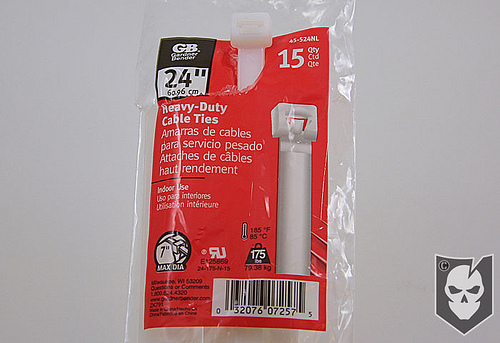 The best way to defeat any type of restraint is to first analyze how it works.
The best way to defeat any type of restraint is to first analyze how it works.